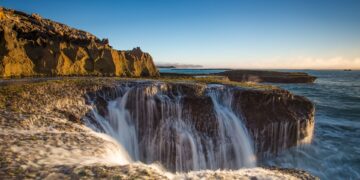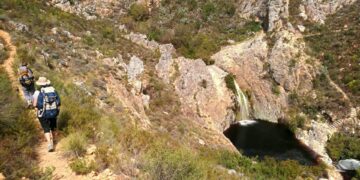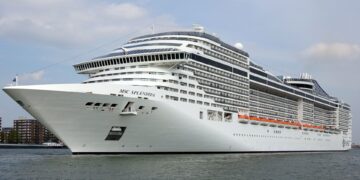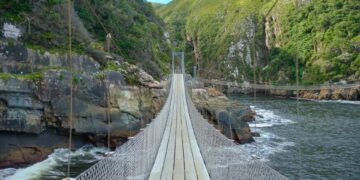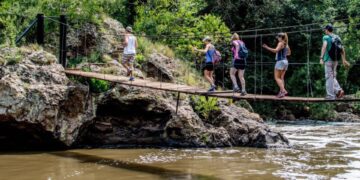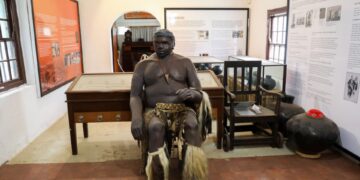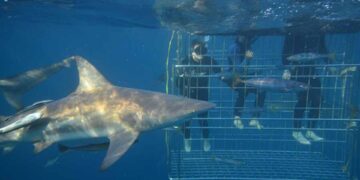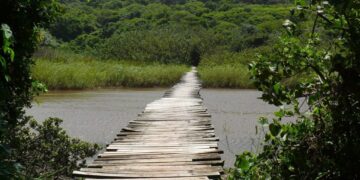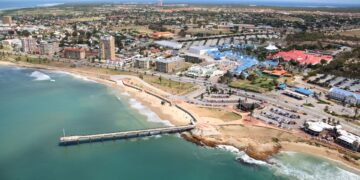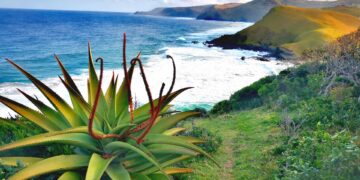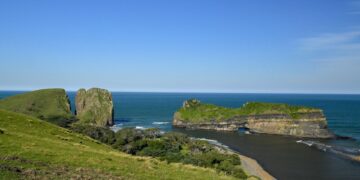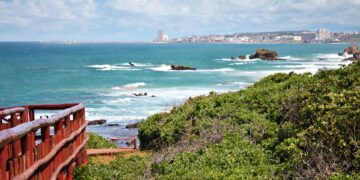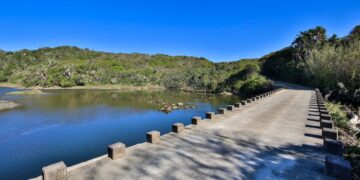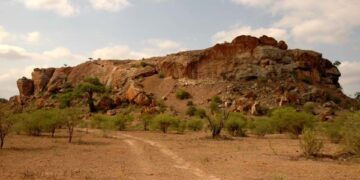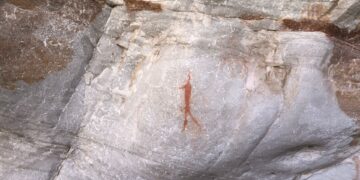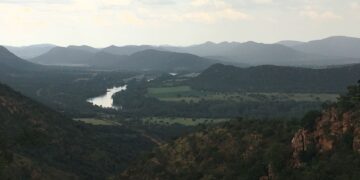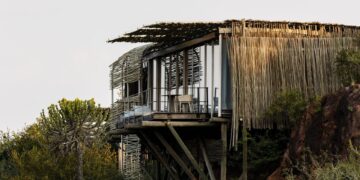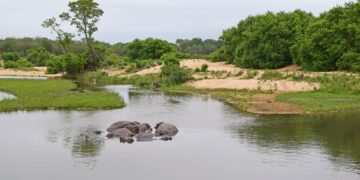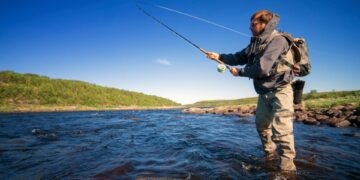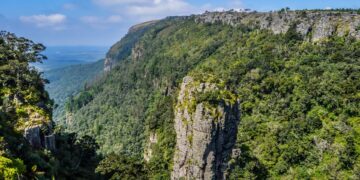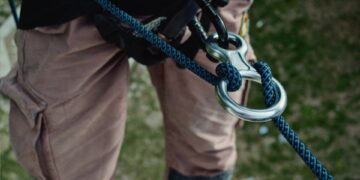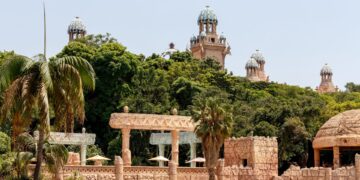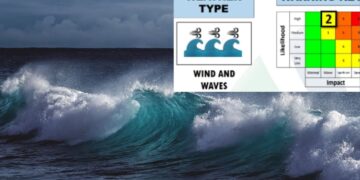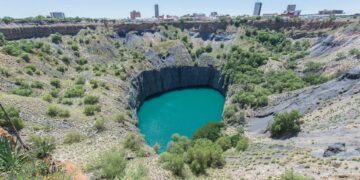Fish Hoek delights with original character. Take Jager’s Walk, bordering the seashore, to watch whales and dolphins entering the bay, or explore the many rock pools. This calm bay is almost guaranteed to provide good swimming experiences, fun snorkelling along the rocks and a sandy beach to make sandcastles and soak up the sun. Culture-lovers can also find delights in the Fish Hoek Valley Museum.
Hike up to the caves

Why you should visit: For the more adventurous types, Fish Hoek’s hills are rich with caves formed by water, sand and wind. It’s a relatively easy hike but take torches, extra batteries, wear old clothes, go in a group and never enter a cave alone. You can also hike up to Peer’s Cave where a 12 000-year-old skull, known as the Fish Hoek Man, was discovered in 1927. A few cave paintings are still faintly visible.
How to get there: Climb up Boyes Drive to the Echo Valley sign.
Fish Hoek Valley Museum

Why you should visit: Established in February 1994, the Fish Hoek Valley Museum contains displays of the photographs and tools from the 1920 excavation of Peers’ cave, where the Fish Hoek Man skull was discovered. There are also archives of Fish Hoek local history and culture, as well as, the history of whaling in the Fish Hoek area.
How much does it cost: Admission to the museum costs R5 and is open from Tuesday to Saturday.
Fish Hoek beach and rock pools
Why you should visit: Considered one of Cape Town’s hidden gems when it comes to beaches, Fish Hoek beach is 1.5km of pristine white sands and turquoise waters. The beach is family-friendly and ideal for swimming, snorkelling and sunbathing. There are also many shallow rock pools to explore along parts of the shore.
How much does it cost: The beach is free to all – just arrive early to set up your picnic spot on hot and sunny summer days!



